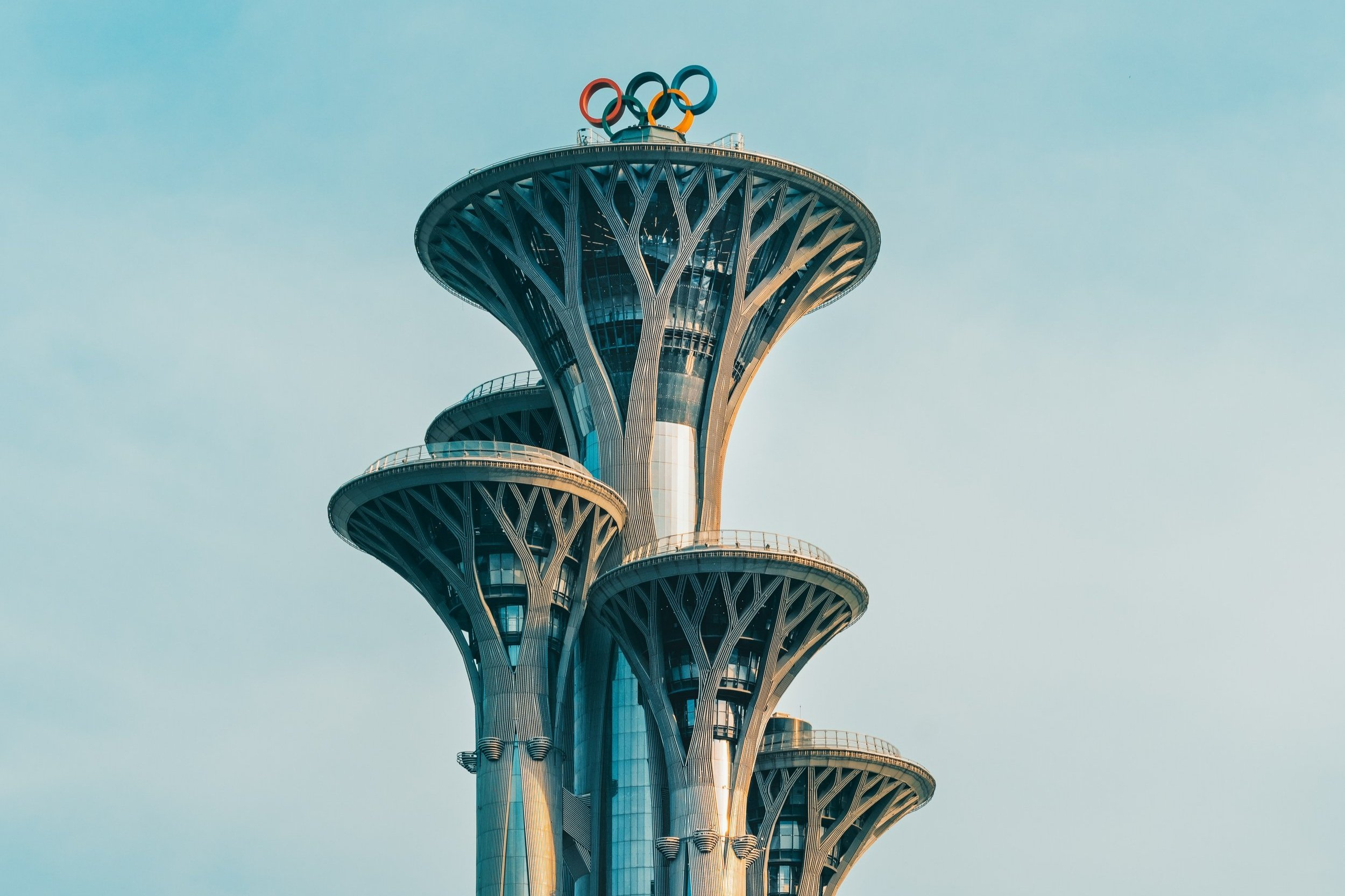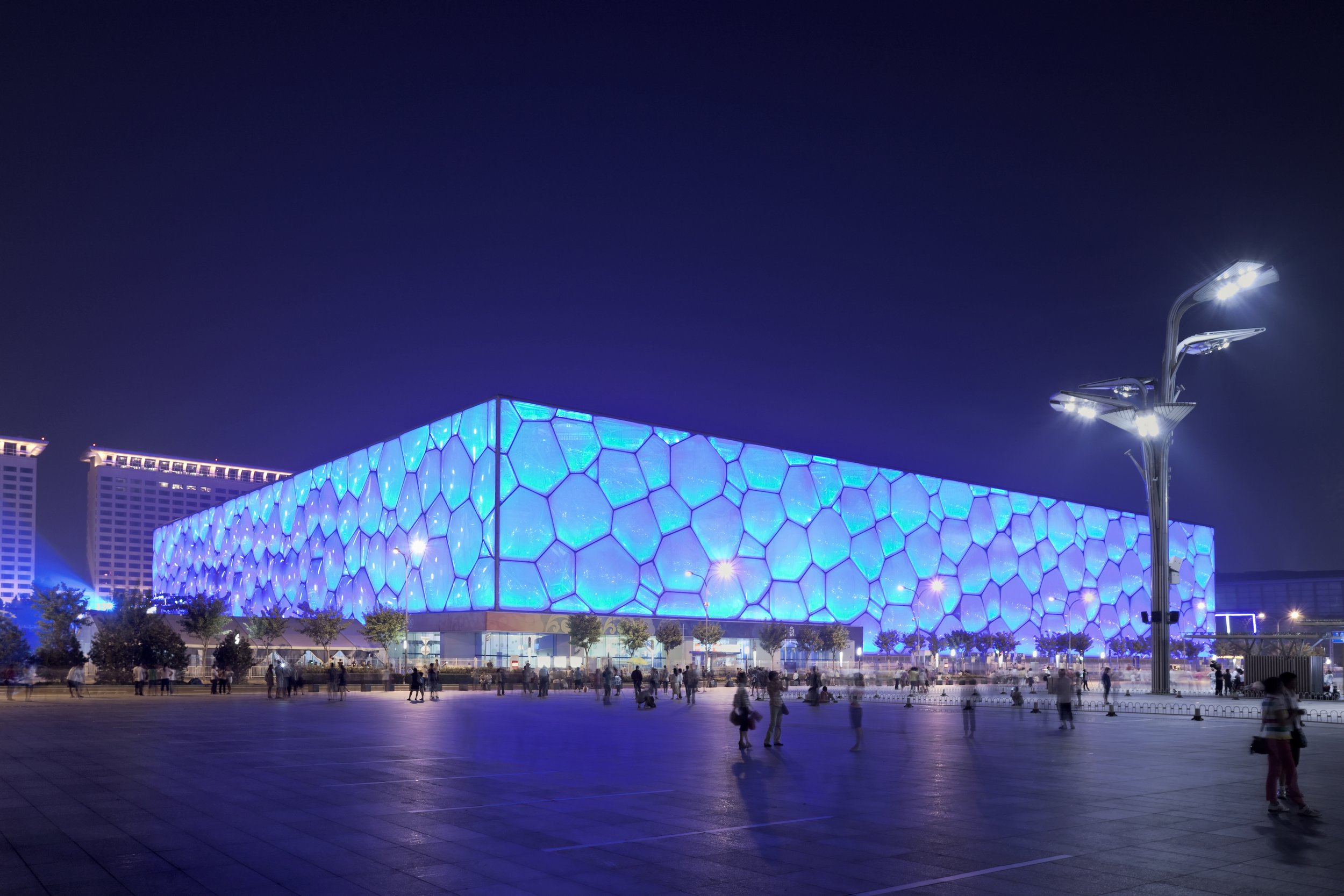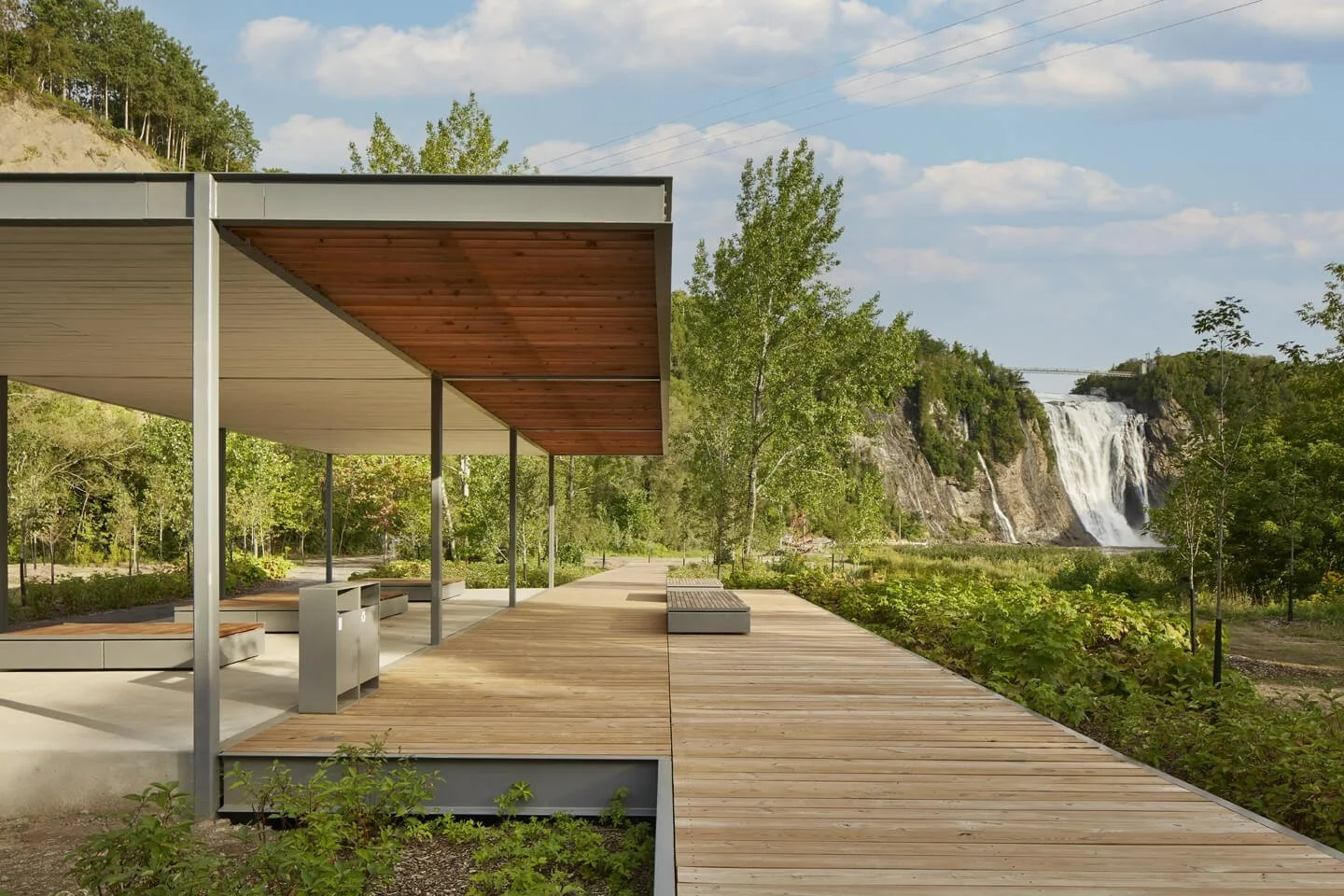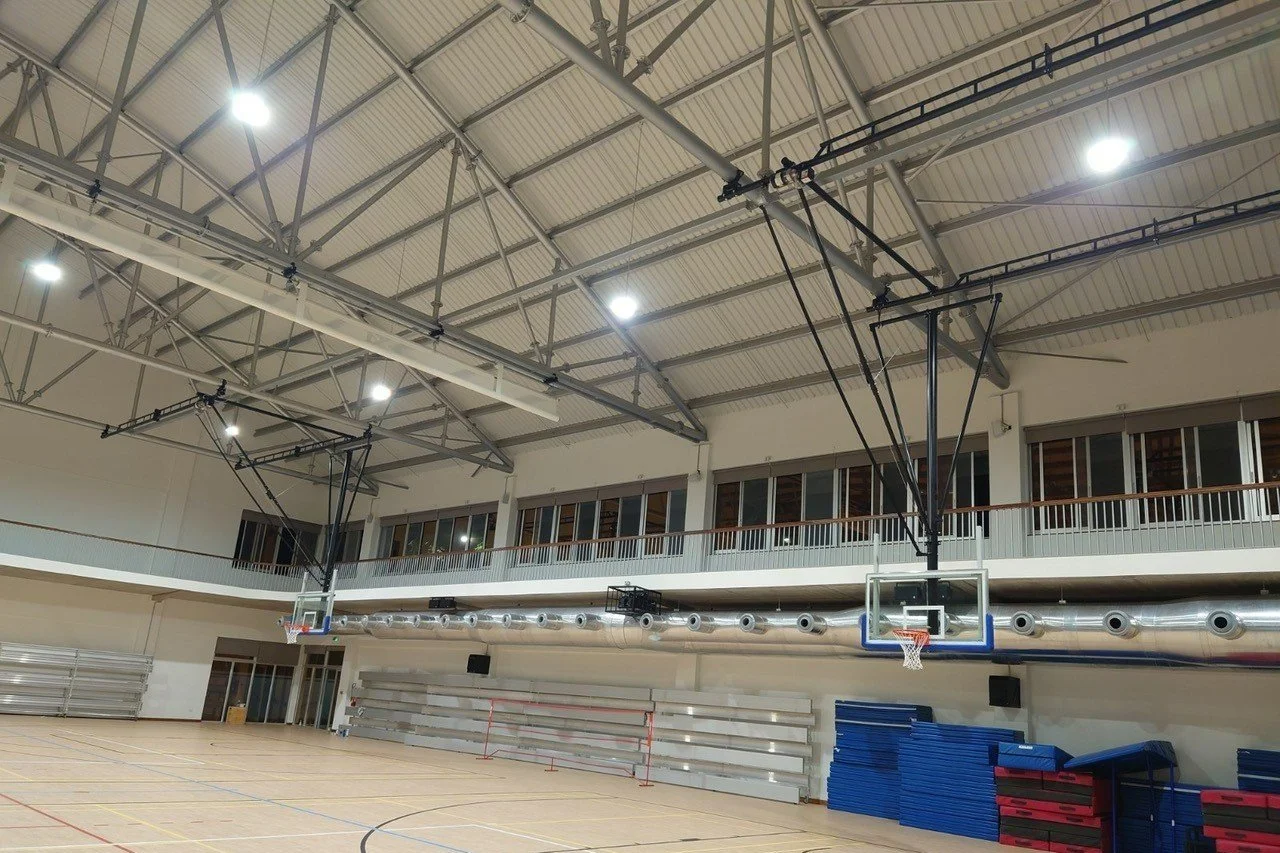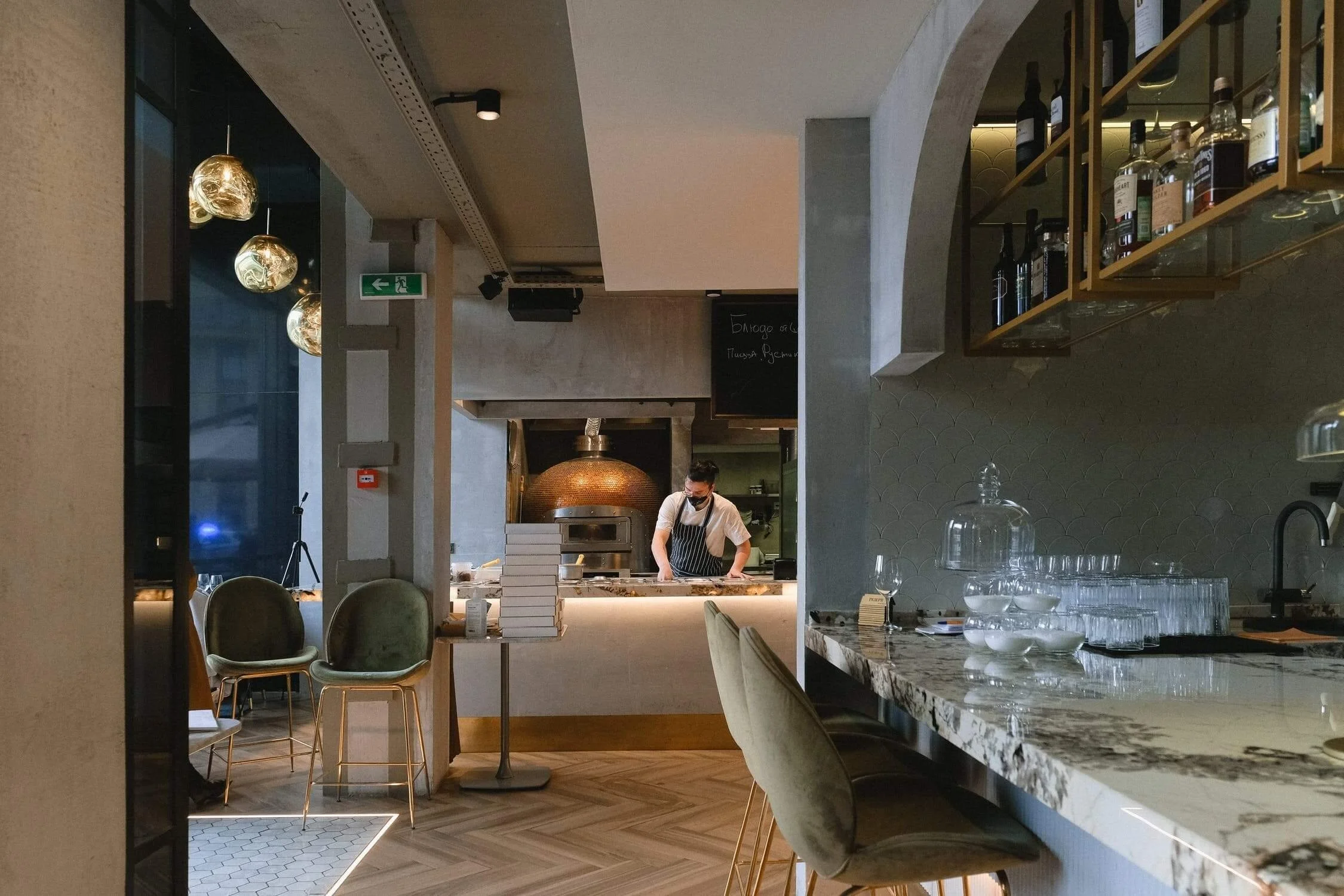10 Surprising Architecture Facts Inspired by the Beijing 2022 Winter Olympics
The Beijing 2022 Winter Olympic games ran from February 4 to February 20, and the Paralympic games will open on March 4 and close March 13. The games include three zones: Zhangjiakou and Yanqing, the snow and ski zones, and of course, Beijing - the ice zone. These zones include a variety of venues, some new, some reused and recycled from the 2008 Summer Olympic and Paralympic games in Beijing. The venues encompass many different architecture and design styles and practices. One theme you will see throughout, is that sustainable design was front of mind for these games.
So, in honor of the closing of this year’s Olympic games and the opening of the Paralympic games fast approaching, we’ve gathered 10 facts you didn’t know about the architecture and design of Beijing 2022.
image © unsplash
1. Architecture Used to be an Olympic Sport
Yes, that’s right! From 1912 to 1948 , architecture was included in the art category of the Olympic games. The first ever gold medal in architecture was won in 1928 by Eugène-Edouard Monod and Alphonse Laverriére of Switzerland for their planning & design of that year’s Olympic stadium in Amsterdam.
image © unsplash
2. The Stadium’s Design Isn’t Actually THAT Modern
Designed by ArupSport, Herzog & deMeuron and China’s Architecture & Design Research Group, the architecturally famous Bird’s Nest brings traditional Chinese architecture and ultra-modern design together. It’s oval shape represents the Temple of Heaven, a historical site in the center of Beijing that dates back to the 1400s.
3. The “Bird’s Nest” is Actually Very Strong
The Bird’s Nest is extremely interesting to look at, and to design. It is constructed of over 40,000 tons of steel. The stadium can actually withstand a strong earthquake.
image © AdobeStock
4. Water Cube or Ice Cube?
Once known was the “Water Cube” in 2008, the Olympic facility is now repurposed for Winter game and is called the “Ice Cube”. Repurposing buildings and adjusting their design is a large part of this year’s Olympic games.
The building was designed to juxtapose against it’s Bird’s Nest neighbor and was designed to represented the Chinese “Forbidden City”, located in Beijing.
5. The Cube Was Designed by Supercomputers
It’s also no secret that computers are dominating in the architecture and design industry. The show stopping exterior of the building was mathematically formulated & the blueprint was developed using a supercomputer that took about a week.
image © WIkimedia Commons
6. Sustainability is a Major Theme in the 2020 Olympics and Paralympics
The new venues for the Beijing 2022 Olympics are using new eco-friendly and sustainable construction standards - including: building insulation, cooling technologies and water & energy efficiency. Green building materials were a key factor in the design and construction of each new venue.
7. Big Air Shougang is Tall, Mighty and Recycled
Big Air Shougang was designed and built especially for the 2022 Olympic and Paralympic games. Not only is it built on the site of a former steel mill, it is built using renovated and discarded factories.
Sustainable design is a huge theme in this year’s games and is a reflection on evolving building and construction trends.
image © Adobe Stock
8. The Cross-Country Ski Center is Always Under Construction
Designed with minimum intervention for the Beijing 2022 Olympic games, the National Cross-Country Ski Center is a permanent construction zone. It is one of the games’ temporary facilities designed to restore the natural landscape after the Olympic games are over.
9. The Media Broadcast Center is Strategically Designed
Optimizing a project design based on the use of the building is extremely important. For the, 2022 Olympics, the Mountain Broadcast Centre is strategically designed with effective glass and constructed at an angle to ensure the studio windows reflect light.
10. Organic Architecture is Key
Organic architecture plays an important role in this year’s Olympic games. The Yanqing Mountain Service Center is partially underground. This building’s design includes various strategies to have (almost) zero carbon emissions.
cover image © unsplash

